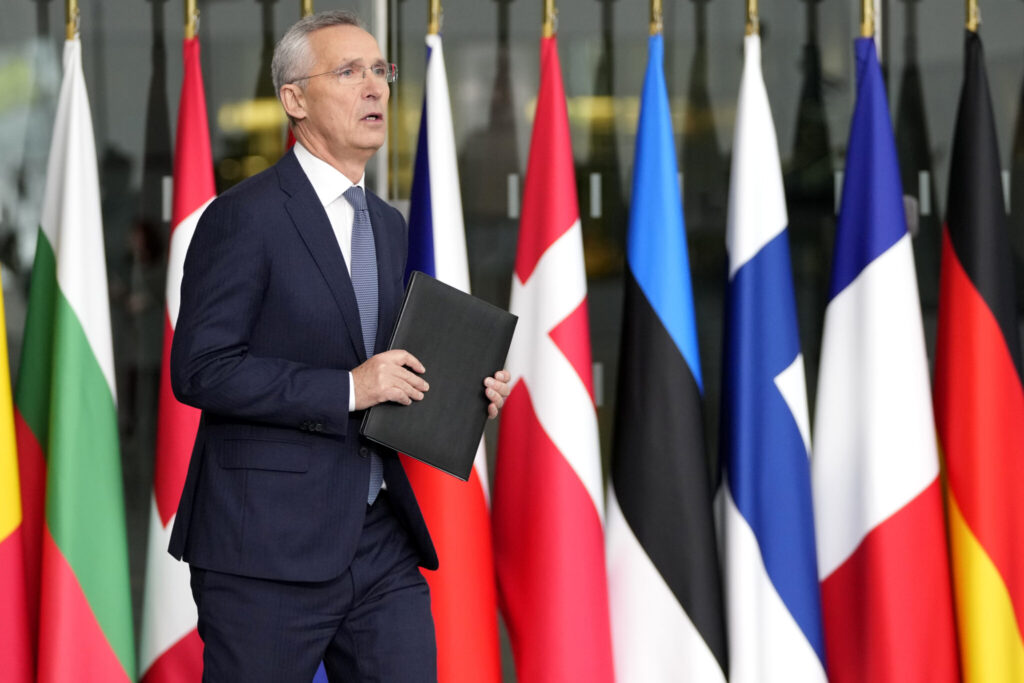NATO is debating a plan to provide more predictable military support to Ukraine in coming years as better armed Russian troops assert control on the battlefield, the organization’s top civilian official said Wednesday.
Quick Read
- NATO’s New Strategy: NATO Secretary-General Jens Stoltenberg announced a plan for more structured and long-term support for Ukraine, aiming to make aid less reliant on ad-hoc contributions and more on sustained commitments from the alliance.
- Ukraine’s Military Adjustments: In response to the ongoing conflict and to bolster its military, Ukraine has reduced the conscription age from 27 to 25, addressing the critical shortage of infantry and ammunition.
- Challenges on the Battlefield: The strategic move comes as Russia strengthens its position in the war, compelling NATO to seek ways to provide more consistent support to Ukraine.
- Coordination Shift: The proposal suggests transitioning the coordination of military aid from the U.S. European Command to NATO, offering a formal framework to manage the assistance through the Ukraine Defense Contact Group.
- NATO’s Role: While NATO will not directly supply weapons, the new framework would involve the alliance in a more significant capacity, overseeing the military assistance efforts to Ukraine.
- Membership and Security Concerns: Despite increasing support, NATO members are cautious about offering Ukraine full membership or risking an escalation with Russia.
- Financial Aspects: The plan, which may involve significant funding, is expected to be discussed further at the NATO summit in Washington in July, with concerns about fulfilling financial commitments already raised by some member states.
- Call for US Congressional Action: Stoltenberg highlighted the urgency of the U.S. Congress passing the proposed supplemental spending bill, which includes military aid for Ukraine, to prevent further delays that impact the war effort.
The Associated Press has the story:
NATO weighs a plan to provide long-term military help to Ukraine
Newslooks- BRUSSELS (AP) —
NATO is debating a plan to provide more predictable military support to Ukraine in coming years as better armed Russian troops assert control on the battlefield, the organization’s top civilian official said Wednesday.
“We strongly believe that support to Ukraine should be less dependent on short-term, voluntary offers and more dependent on long-term NATO commitments,” NATO Secretary-General Jens Stoltenberg said before chairing a meeting of the alliance’s foreign ministers in Brussels.
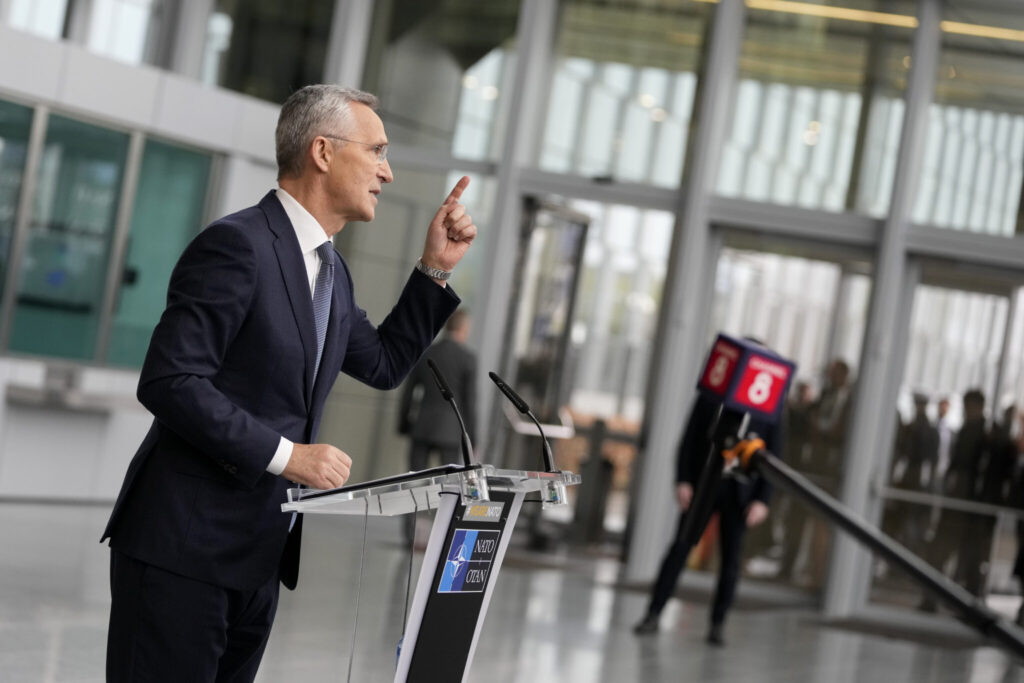
Earlier on Wednesday, Ukraine lowered the military conscription age from 27 to 25 to help replenish its depleted ranks after more than two years of war. A shortage of infantry combined with a severe ammunition shortfall has helped hand Russian troops the initiative.
“The reason why we do this is the situation on the battlefield in Ukraine. It is serious,” Stoltenberg told reporters. “We see how Russia is pushing, and we see how they try to win this war by just waiting us out.”
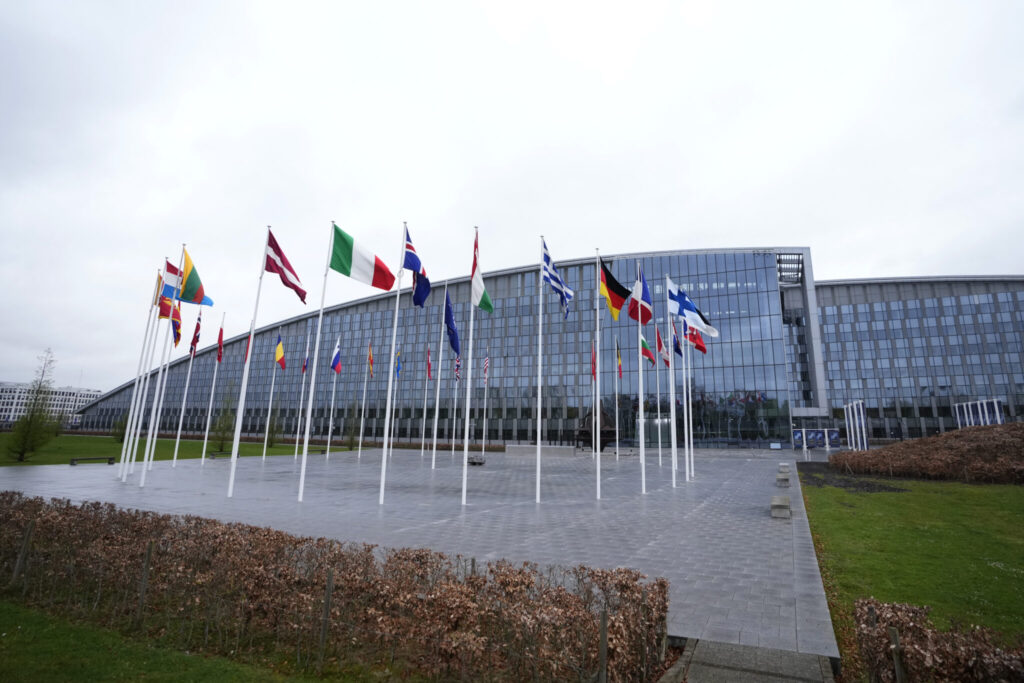
The plan is to have NATO coordinate the work of the Ukraine Defense Contact Group — a forum of around 50 countries that has regularly gathered during the war to drum up weapons and ammunition for Ukraine — rather than the U.S. European Command.
U.S. Gen. Christopher Cavoli is NATO’s top military commander as well as the head of U.S. European Command, so the person in charge would not change. But Stoltenberg said a formal “institutional framework” is needed as the war drags on and that NATO can provide it.
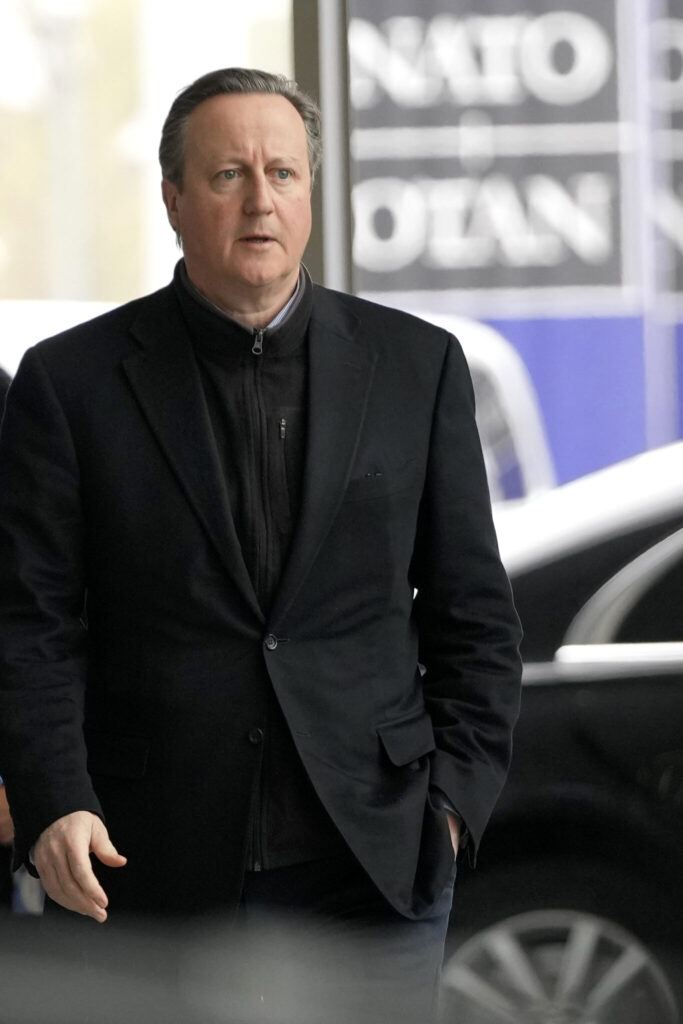
While the move would not see NATO directly providing weapons to Ukraine — as an organization with 32 members that functions by consensus, the allies only agree to send non-lethal aid like demining equipment, fuel and medical supplies -– it would mark a new phase in its involvement in the war.
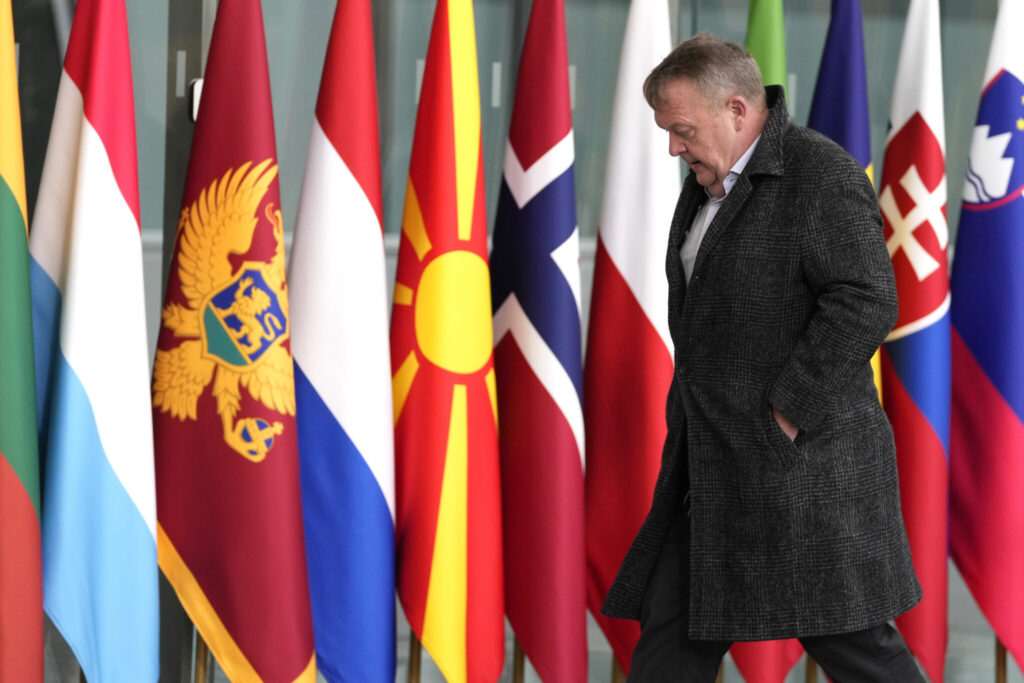
NATO is desperate to do more for Ukraine, particularly while Russia holds a military advantage, but its members are not ready to offer the country their ultimate security guarantee: membership. Nor do they want to be dragged into a wider war with a nuclear-armed military power like Russia.
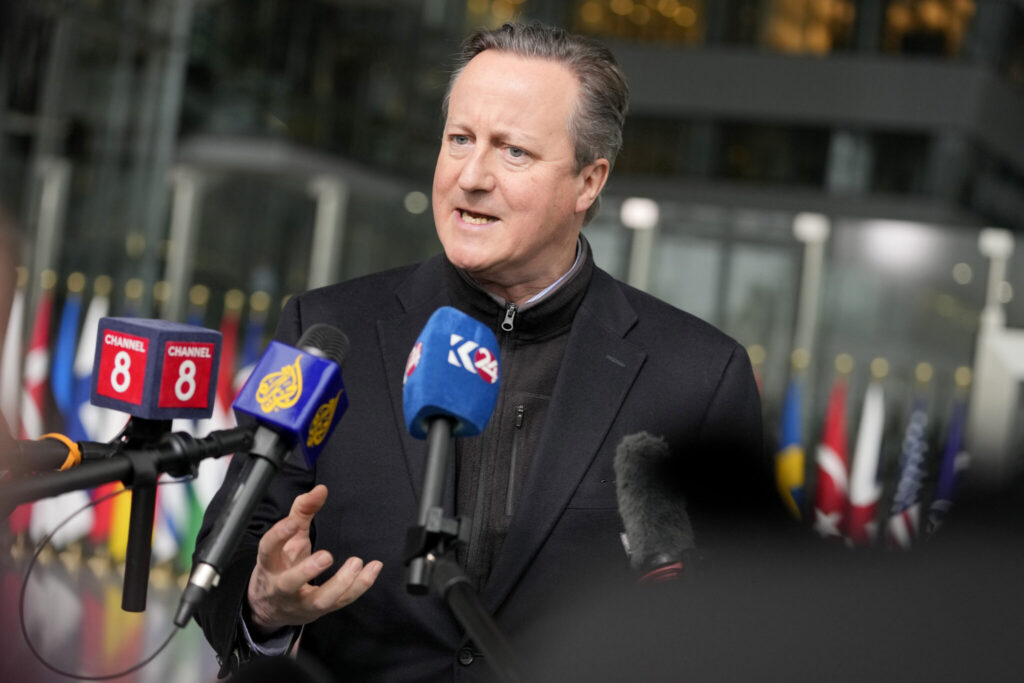
Under the new plan, which is expected to be endorsed by U.S. President Joe Biden and his counterparts at their next summit in Washington in July, NATO would coordinate the military side of Ukraine support efforts by assessing Ukraine’s needs, collecting pledges and running meetings.
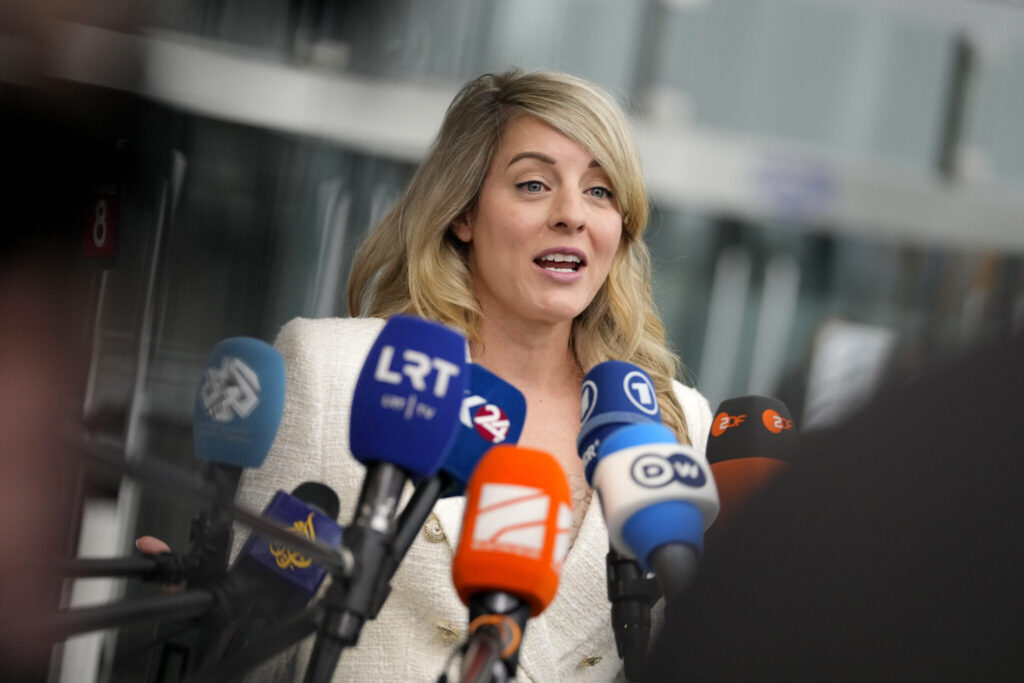
The Financial Times newspaper reported that the multi-year plan could involve up to $100 billion, but Stoltenberg declined to provide details.
Western pledges of support to Ukraine have been marred by broken promises. A European vow to provide 1 million rounds of ammunition fell woefully short, and financial aid meant for Ukraine’s war-stricken economy was delayed by political infighting in Europe and is still blocked in the U.S.
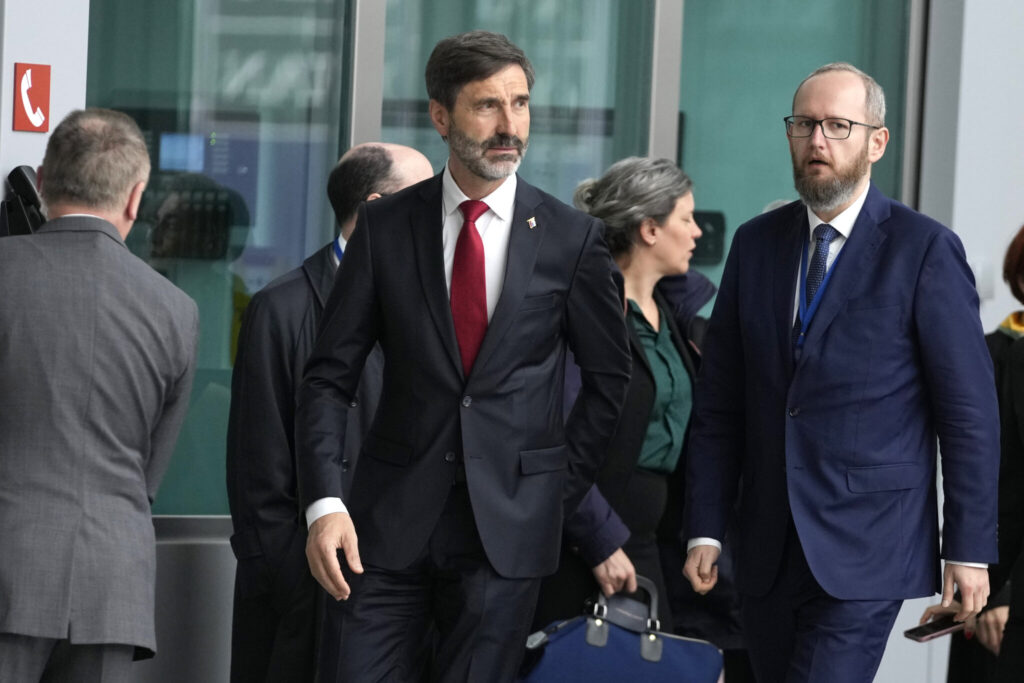
“It’s dangerous to make promises that we can’t keep,” Belgian Foreign Minister Hadja Lahbib told reporters when asked how much her country might be willing to contribute to a $100-billion fund. She said the plan requires more discussion.
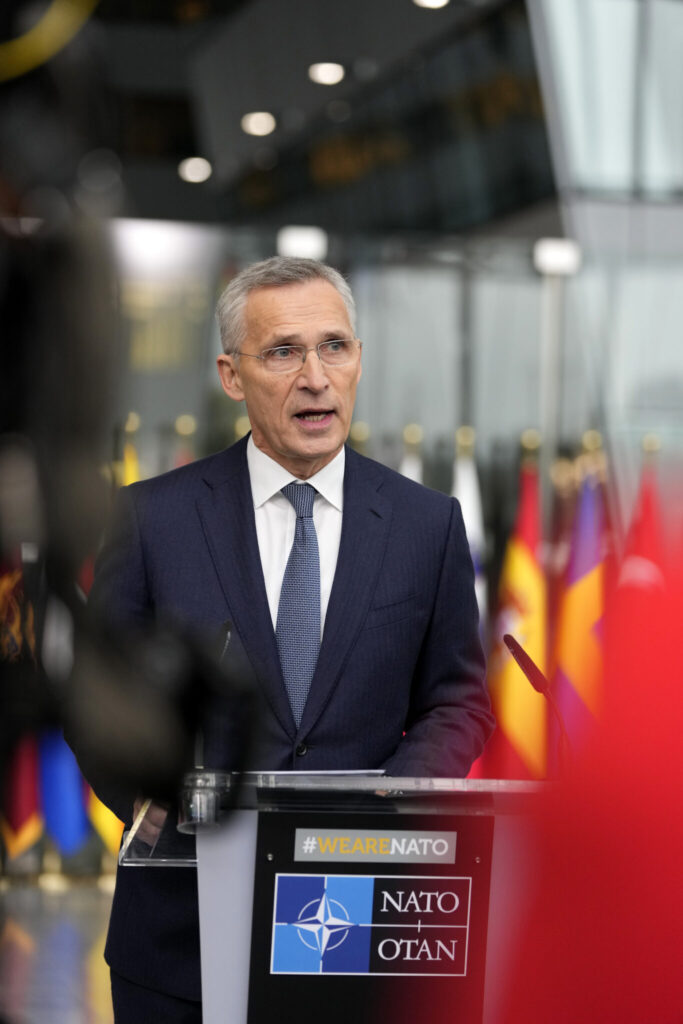
Stoltenberg again urged Congress to overcome its differences and pass a supplemental spending bill, which includes roughly $60 billion in military aid for Ukraine, saying that the continued delay “has consequences” on the battlefield.
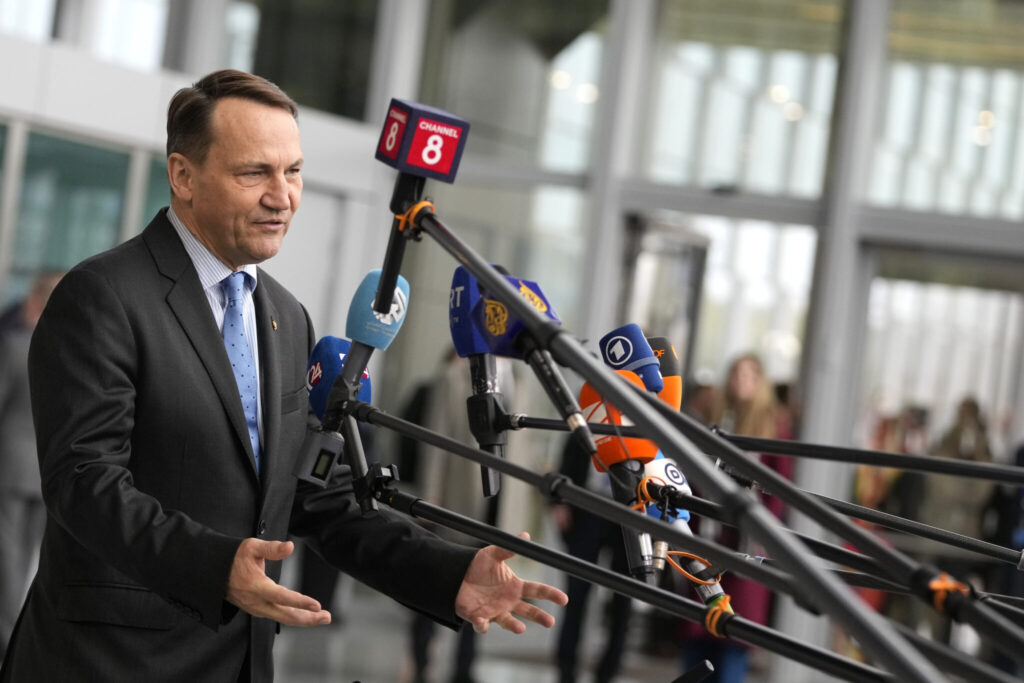
“That’s one of the reasons why the Ukrainians have to ration the number of artillery shells, why they have problems standing up against the Russian force with overwhelming military power,” he said. Russian troops, he added, “are able to outgun them with more ammunition and more artillery.”

